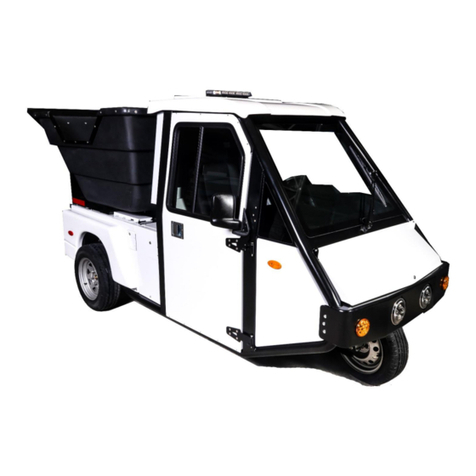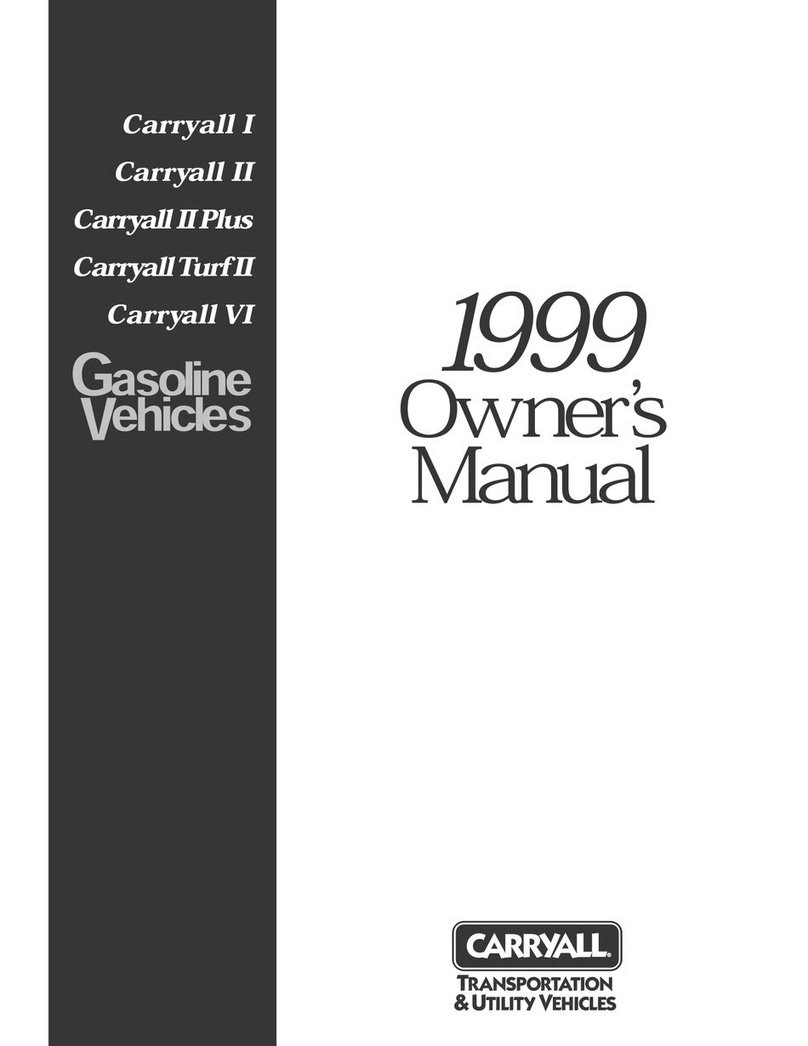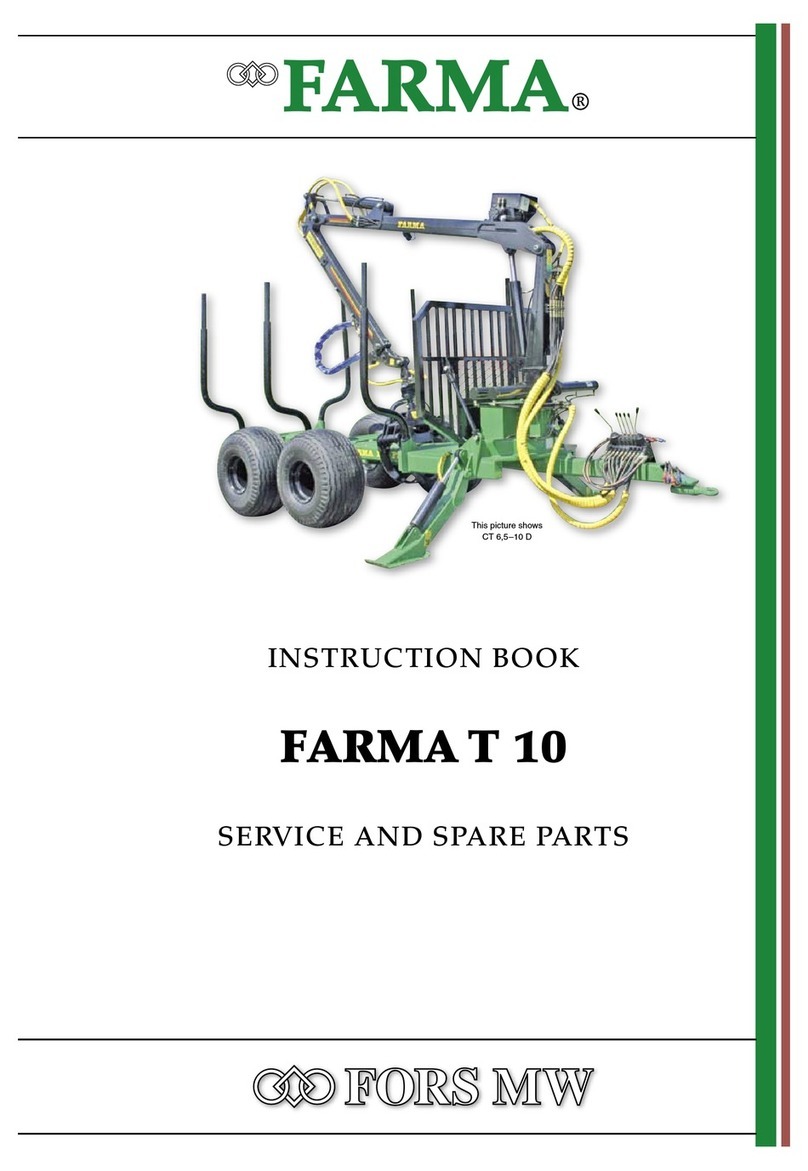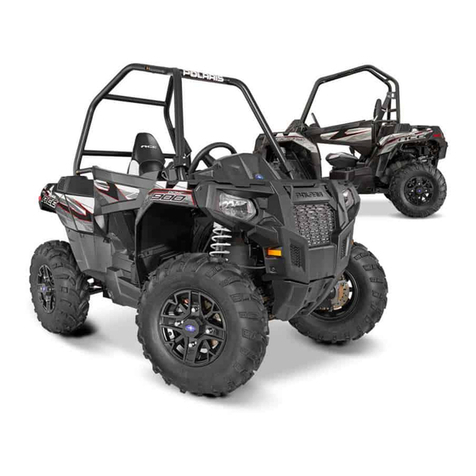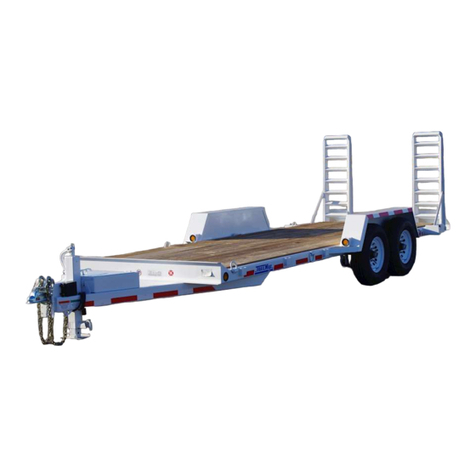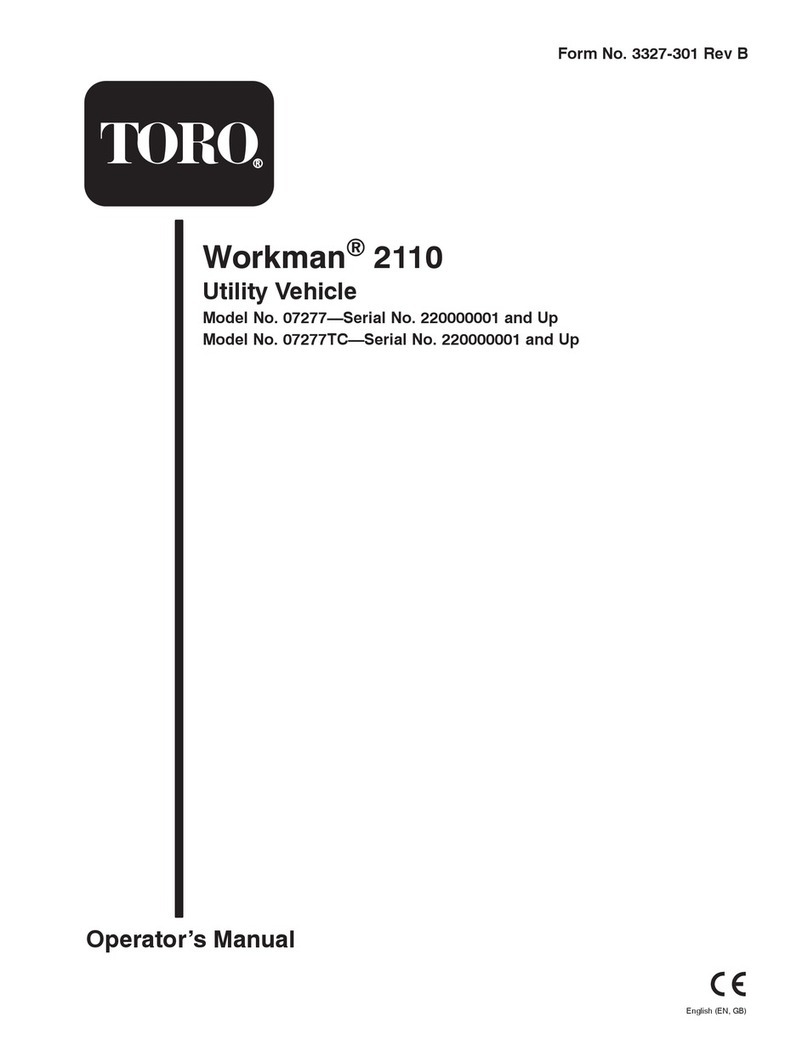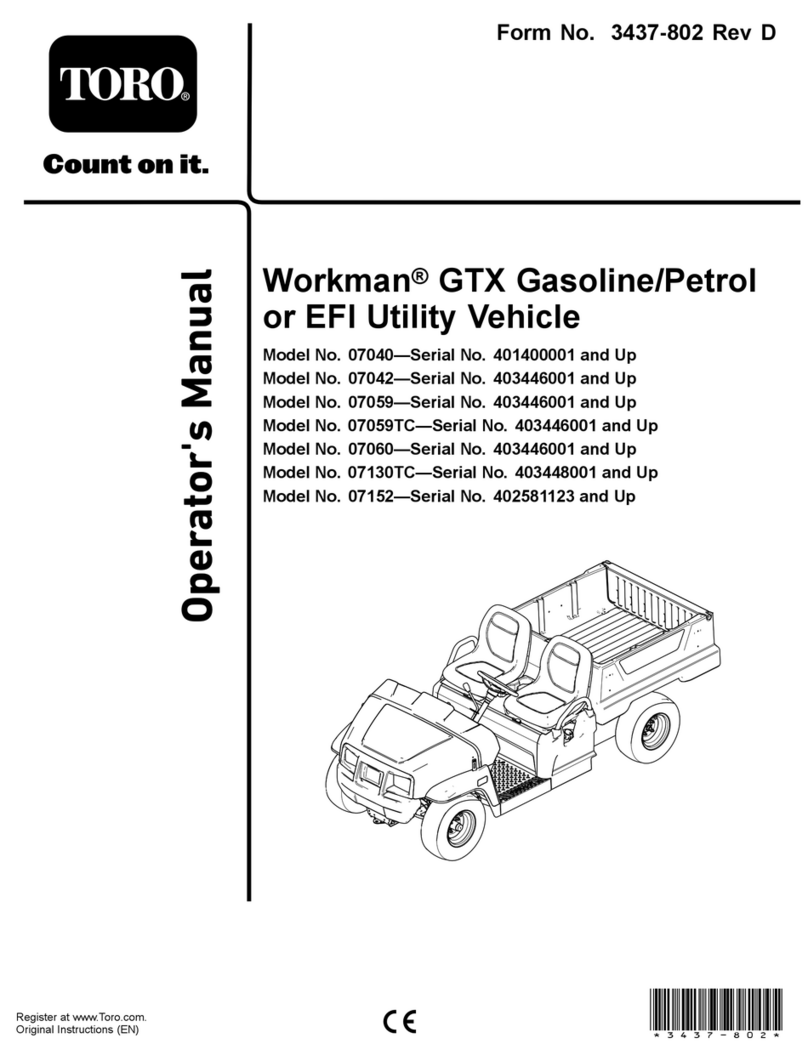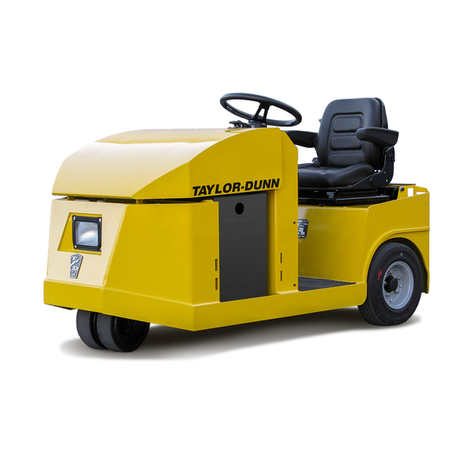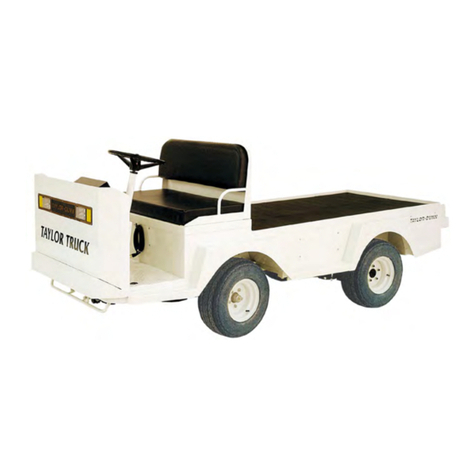7
Settings
We recommend that when using
your trailer for the rst time, you
spend a proper amount of time to
get the boat properly adjusted.
You will benet from the time
spend as future loading and un-
loading will go fast and smoothly.
Your Variant dealer will be happy
to assist you with advice and
guidance. If the setting requires
that the axle must be moved, the
brake lever also has to be adju-
sted. Here are a number of advice
on how the trailer is adapted to
the boat.
The weight and length of the
boat must be suitable for the
boat trailer.
The boat’s data such as weight
and length are important. The
weight is important in relation to
the trailer’s payload. Remember
that the weight of any equipment,
engine and gasoline must be ad-
ded to the boat’s own weight. The
length should also be correct to
avoid overloading the hull. It may
be tempting to use the boat as a
large luggage room but be careful
not to overload the trailer. If you
in doubt about the total weight we
will recommend to weigh the boat,
to check.
The boat must stand on the
keel and be supported by the
rollers on the side.
To avoid overload of the boat hull
and to make loading and unloa-
ding og the boat easier, the boat
must stand centrally on the keel
and be supported by the rollers
on the side. This is how the boat
trailer is adjusted correctly:
1. The boat is pulled on the trailer
with the hook. In order to obtain
the lowest possible center of gra-
vity the distance between the hull
of the boat and the wheel shields
should be as small as possible,
preferably 20-30mm. Possibly
unload the boat again and adjust
the roller to the correct height.
Does the boat have a at bottom
the rollers are adjusted around
the upper position.
2. The boat is then aligned with the
side rollers. The distance from the
hull to the wheel shields must be
the same on both sides. If neces-
sary use a jack to lift the side rol-
lers in place. The side rollers must
never lift the boat from the roller
underneath.
Boat trailers


